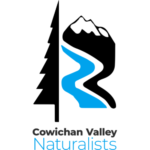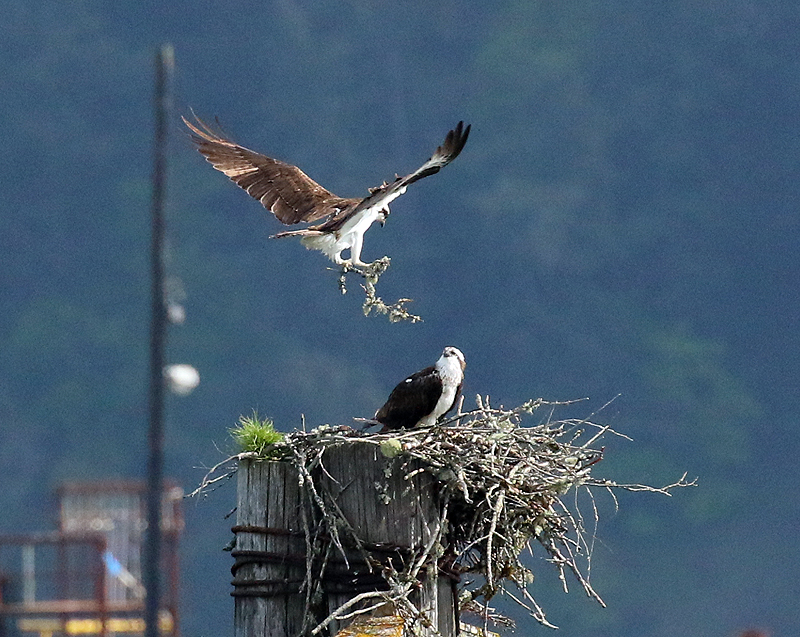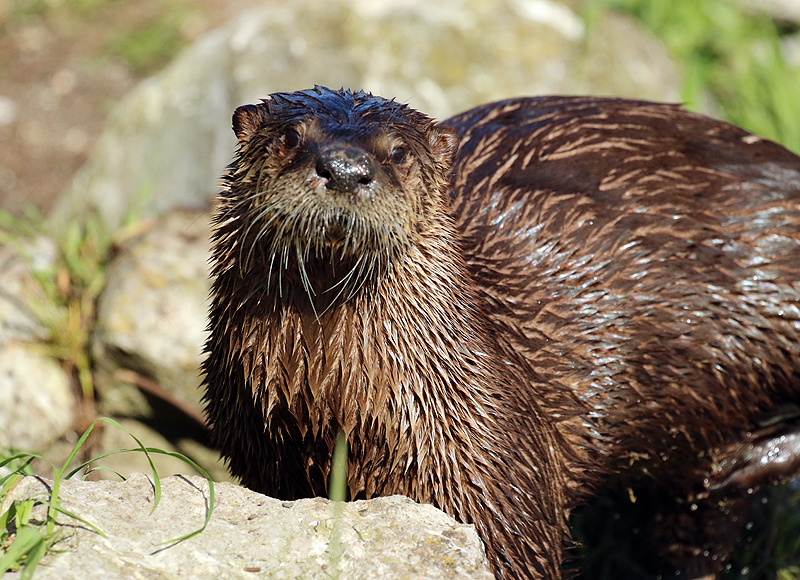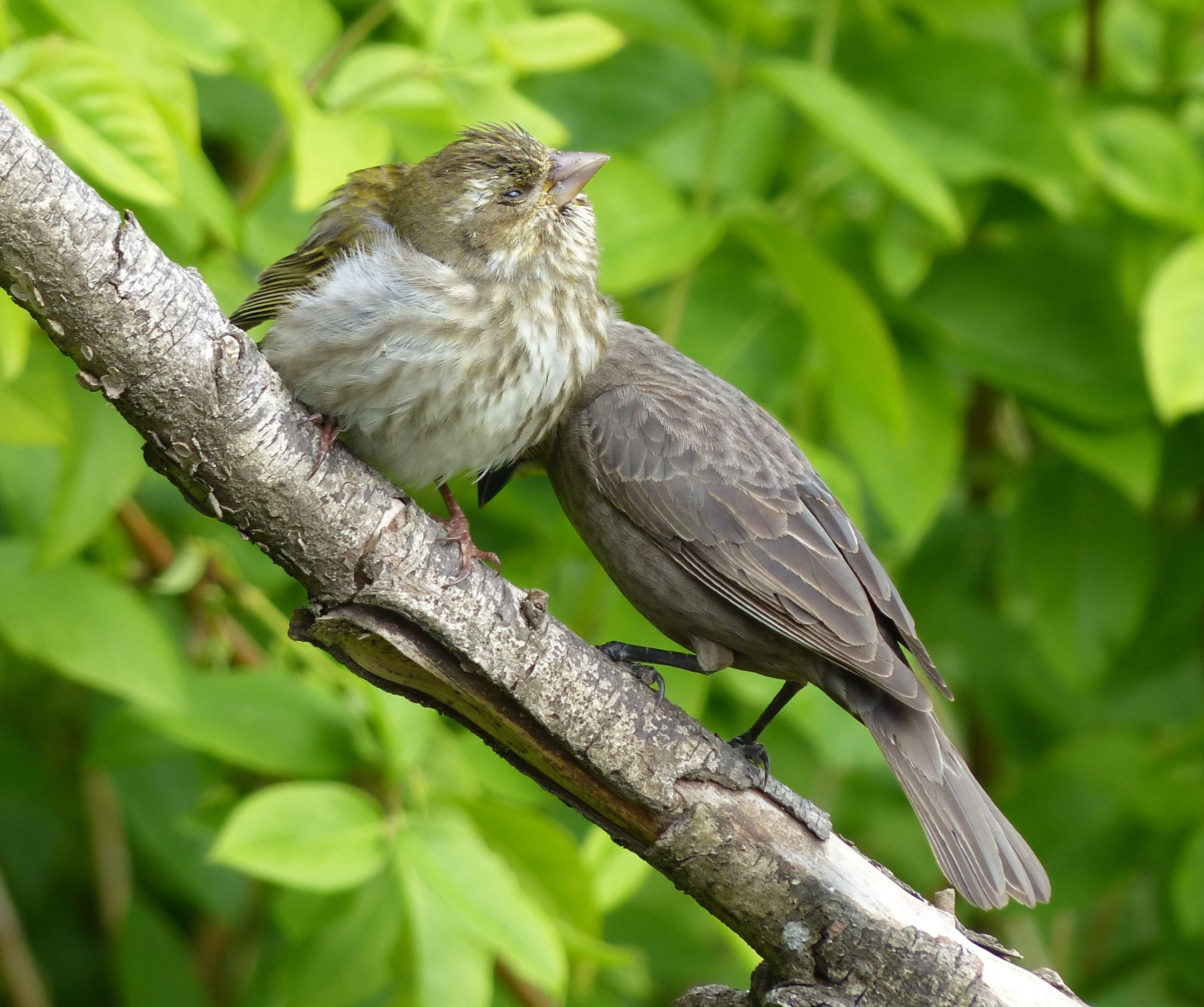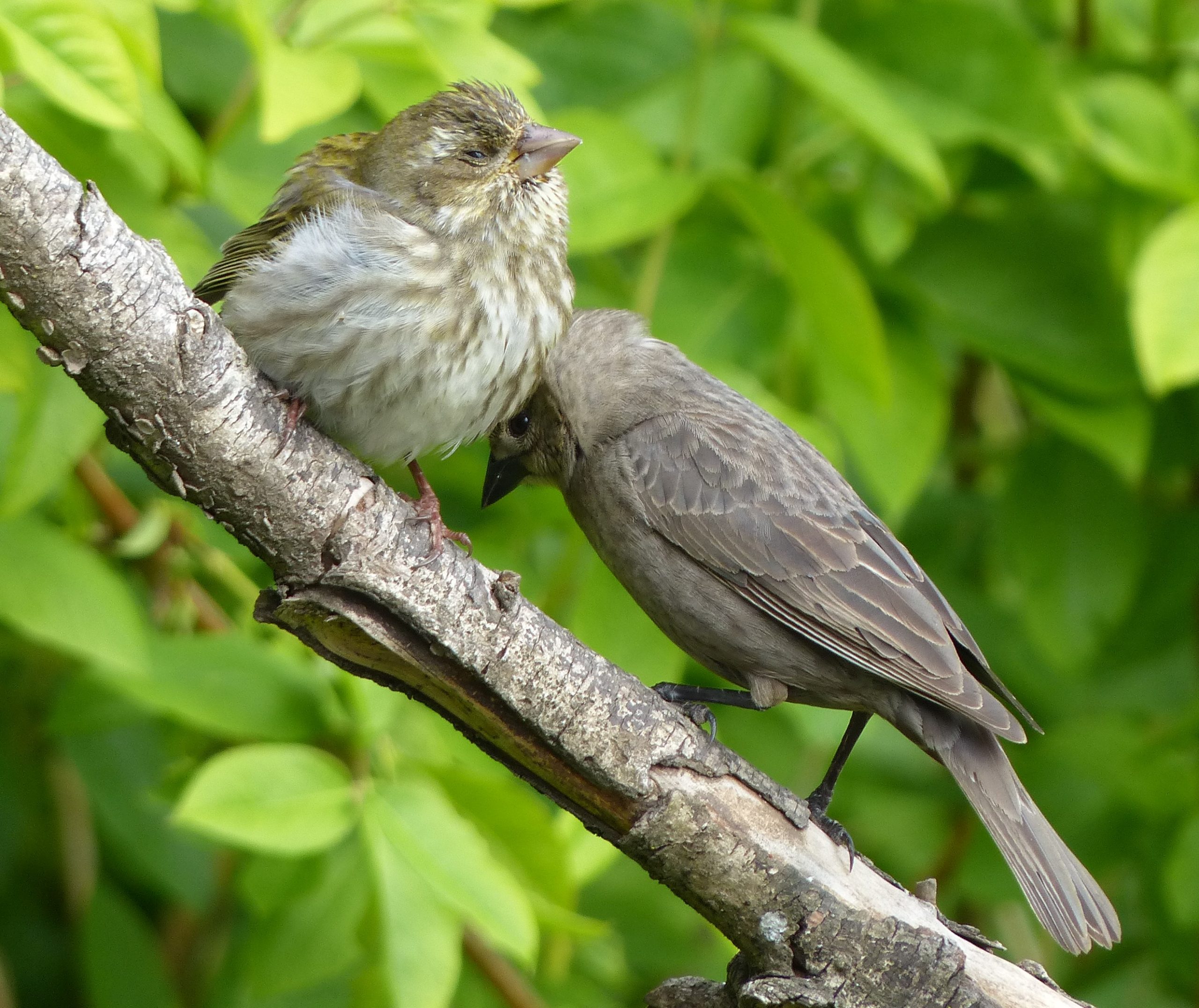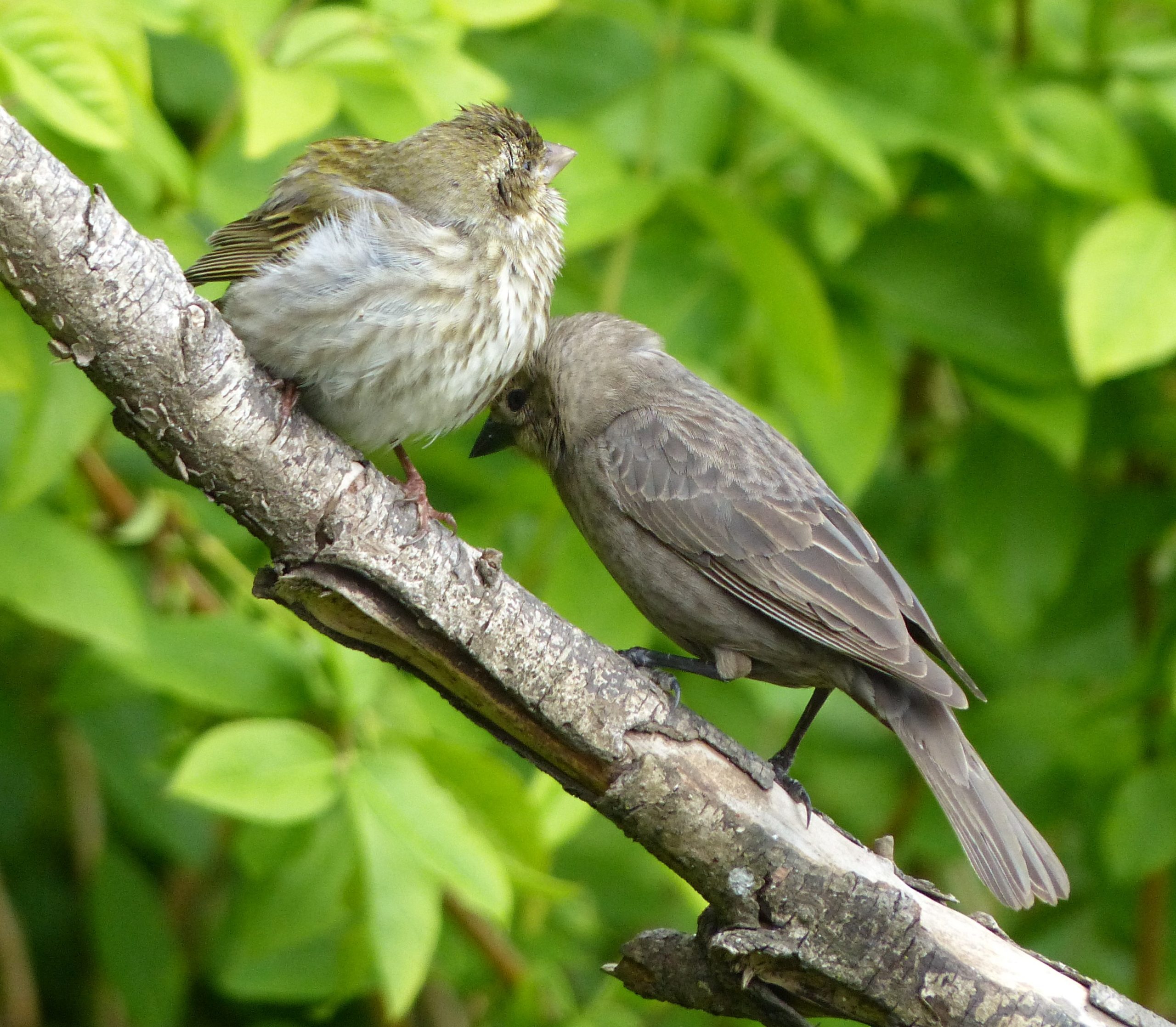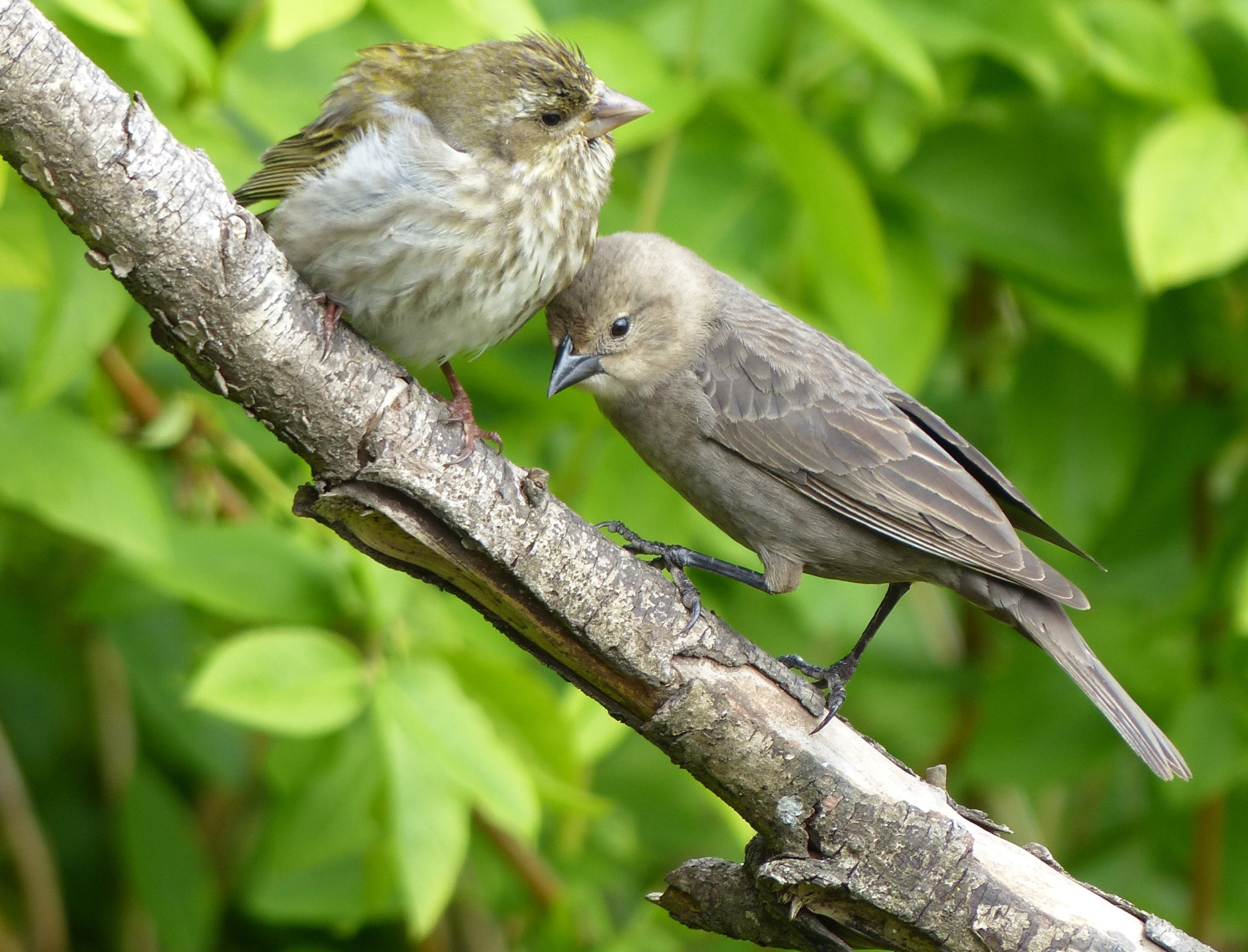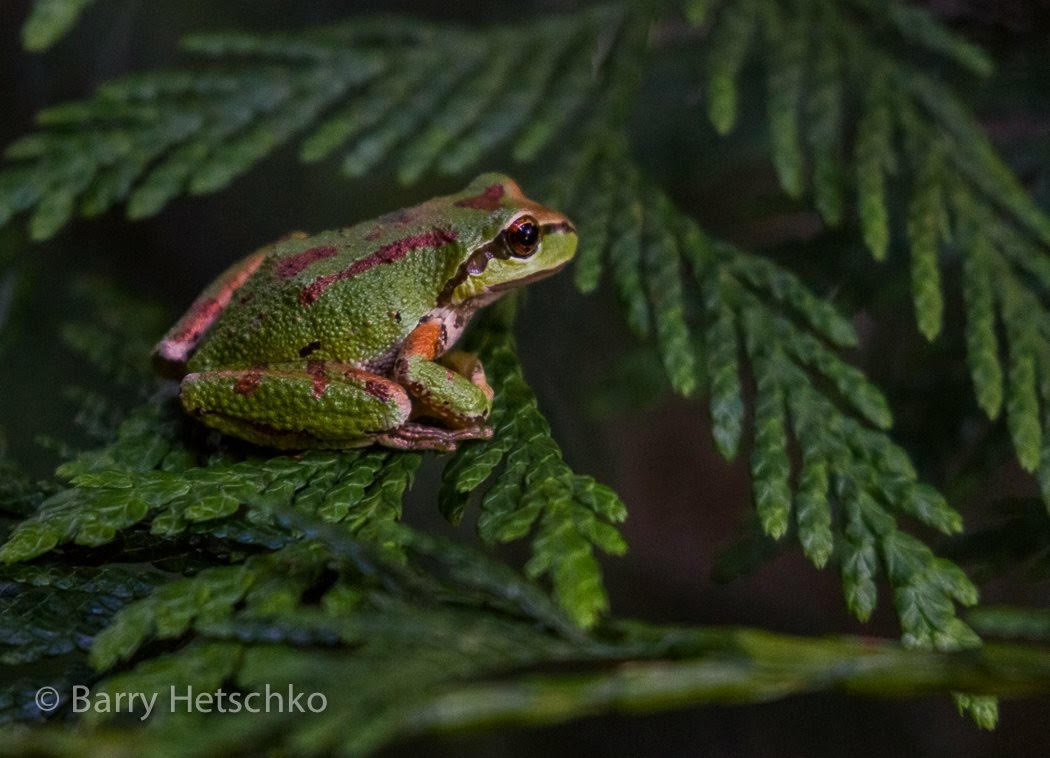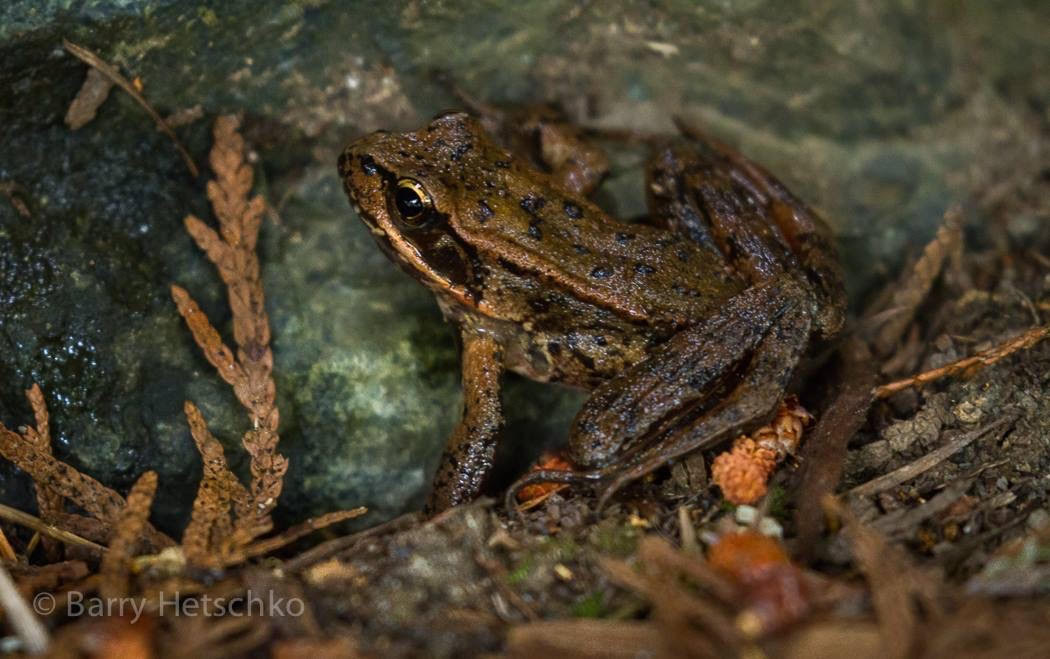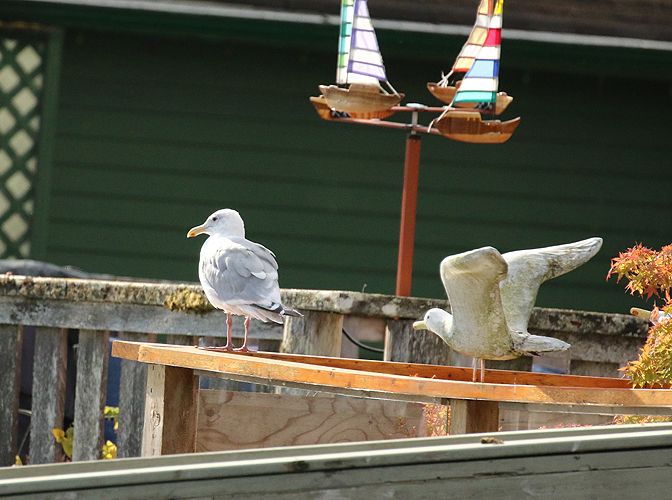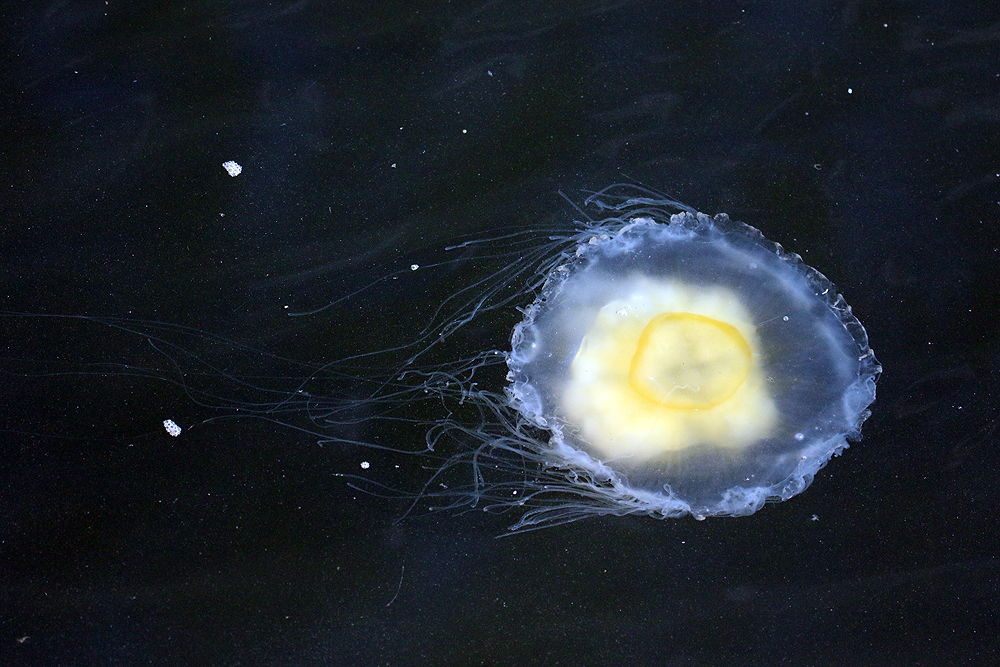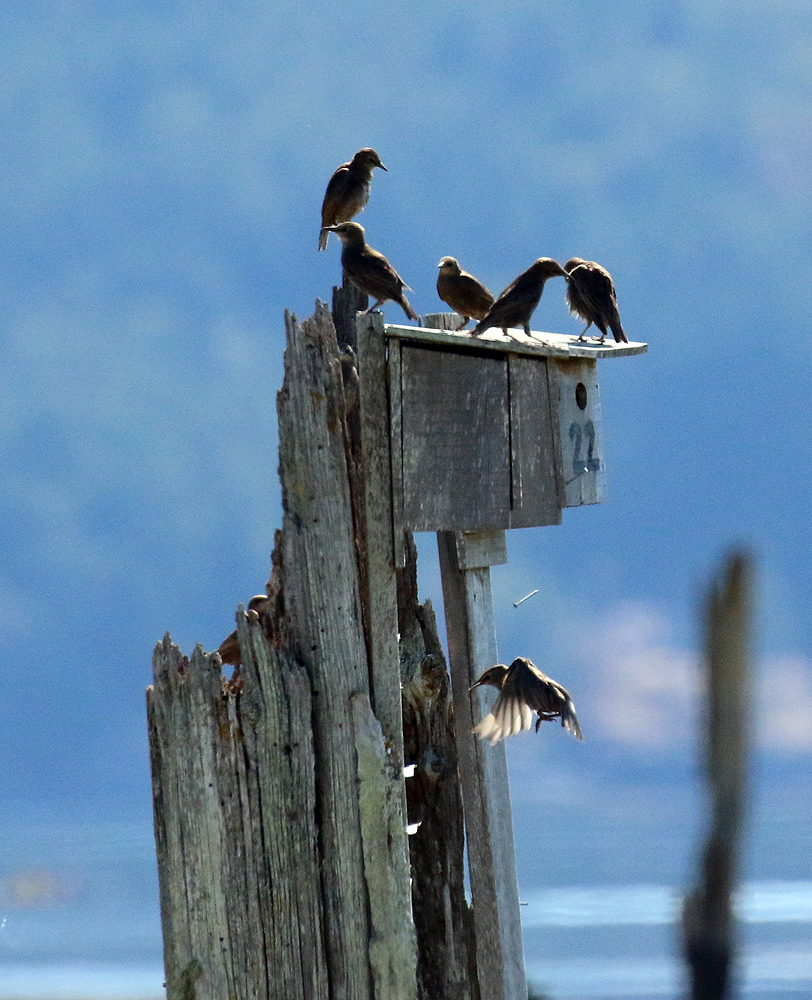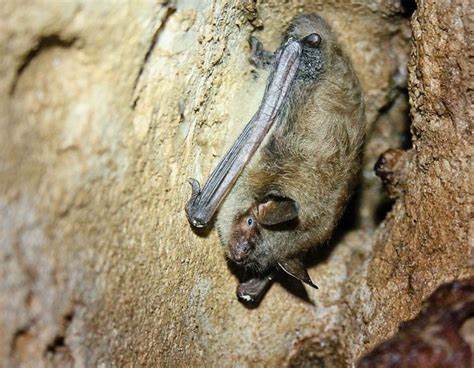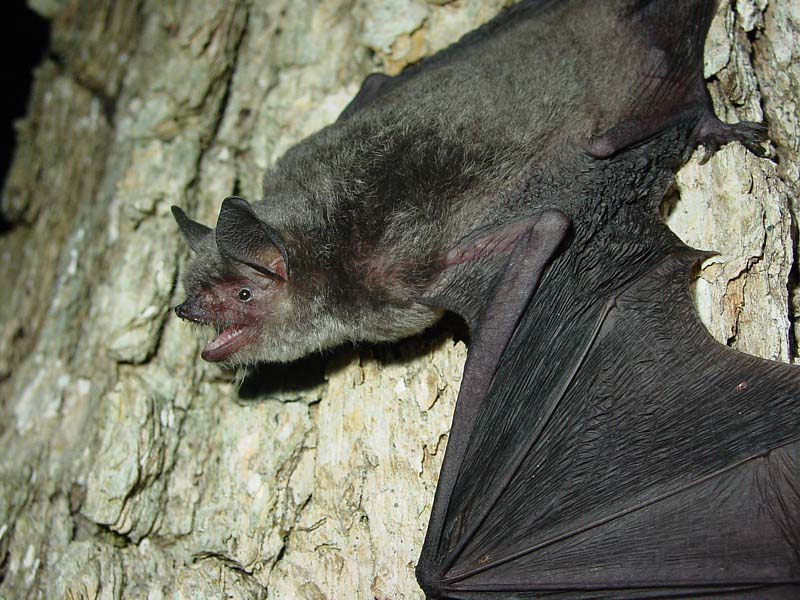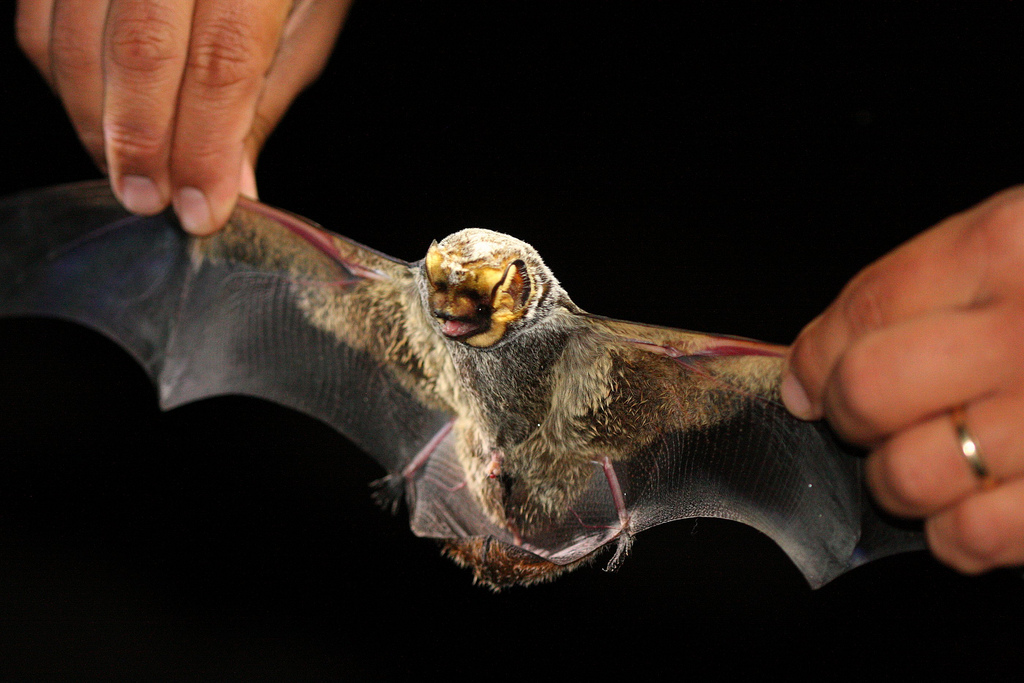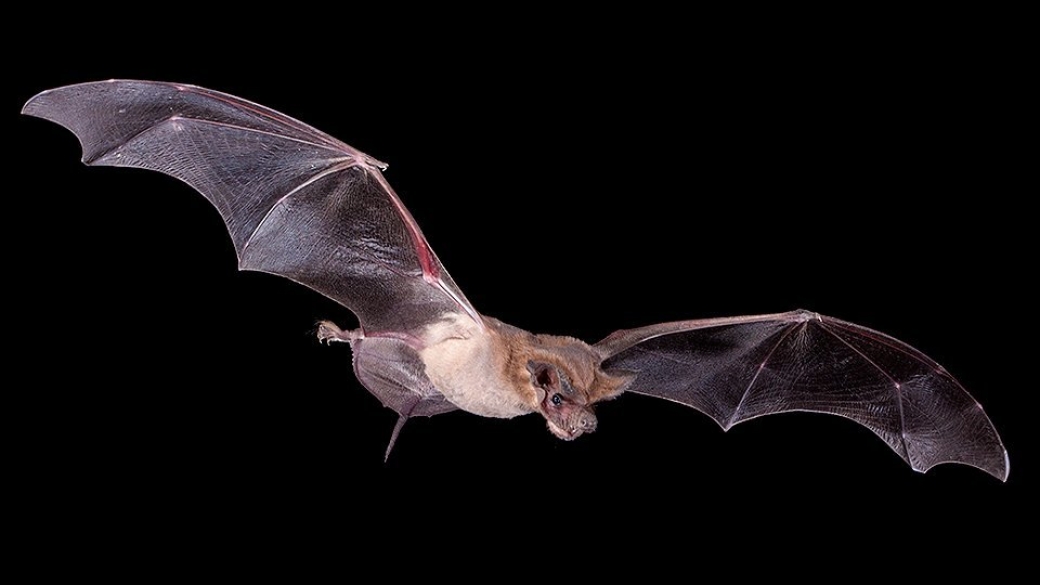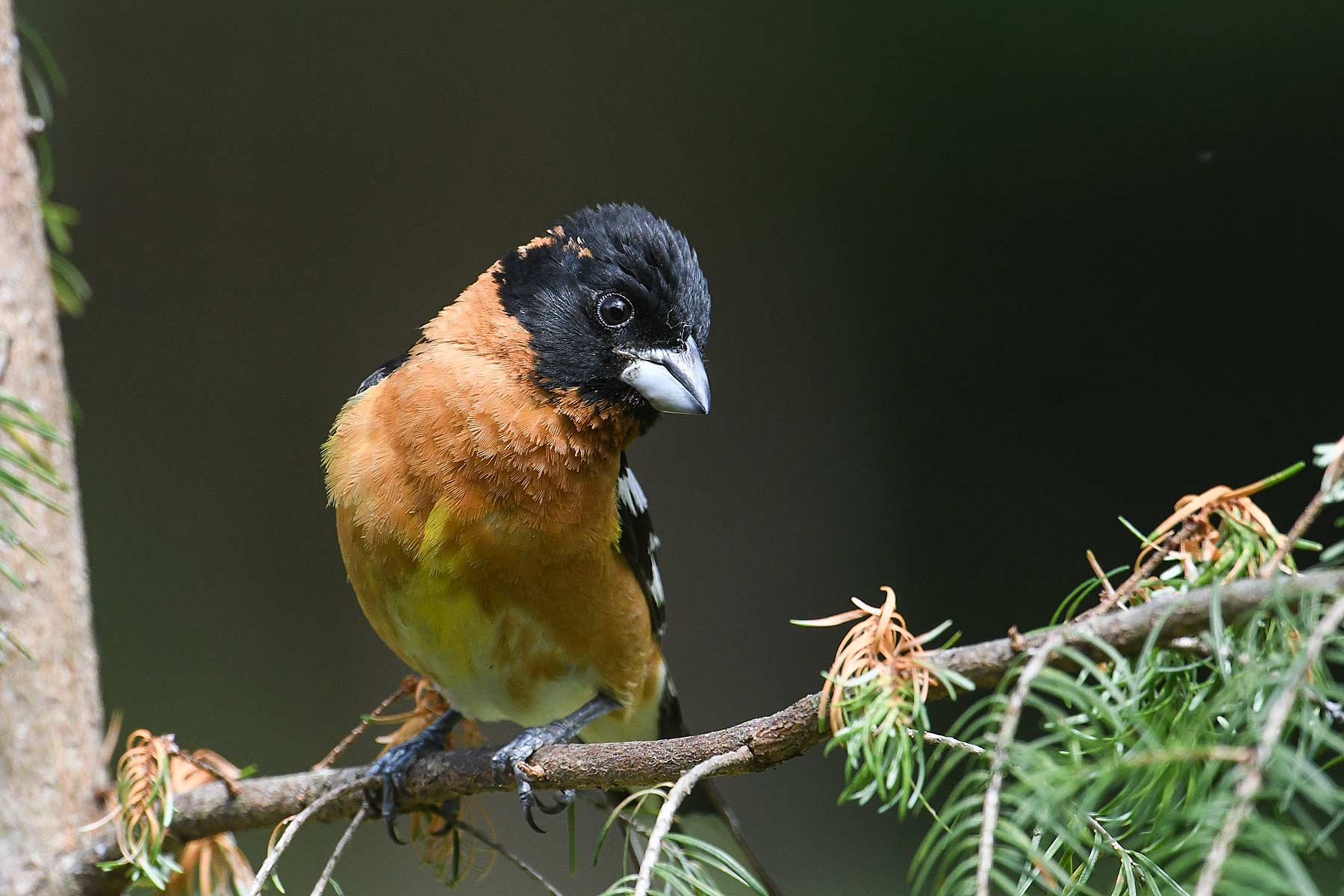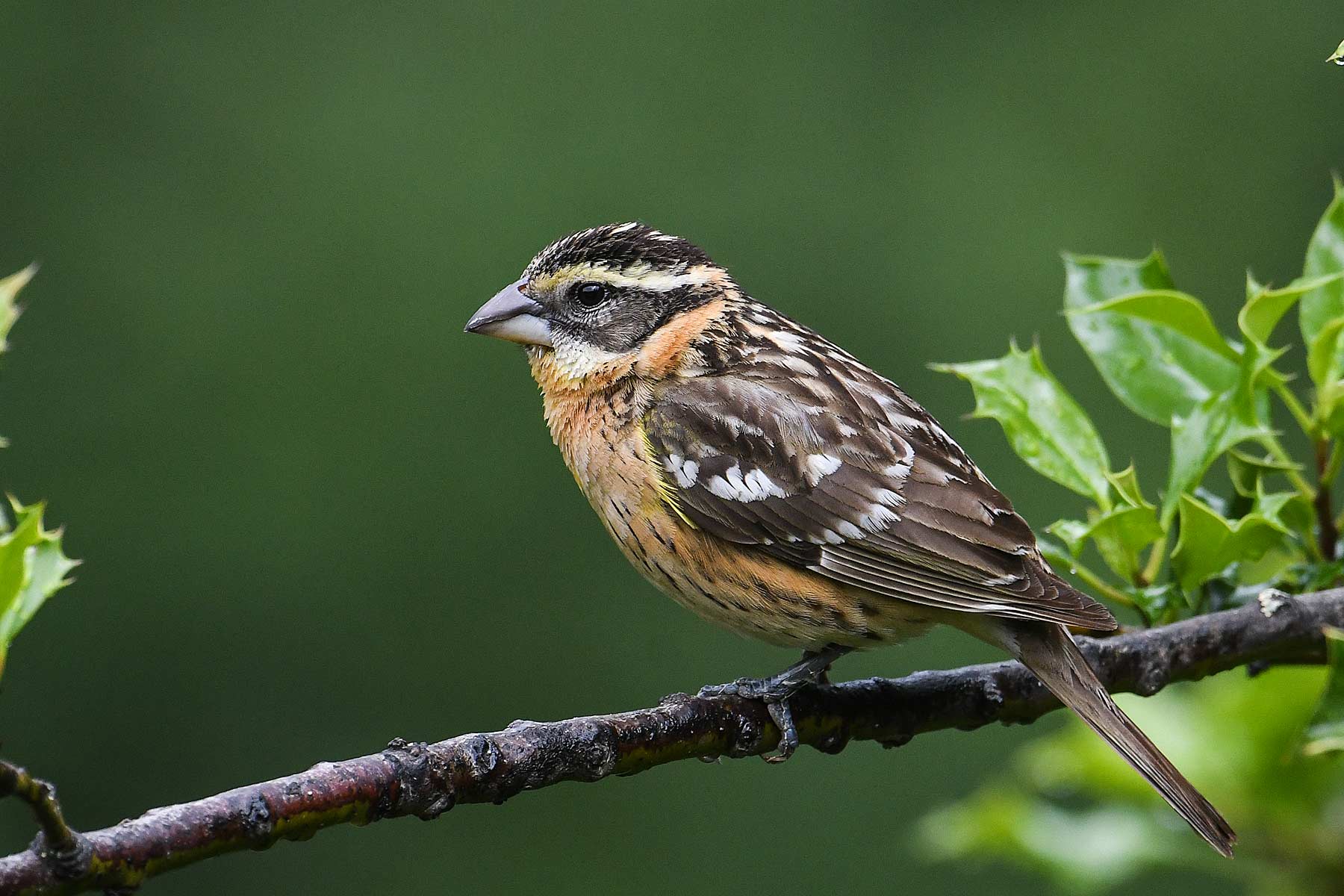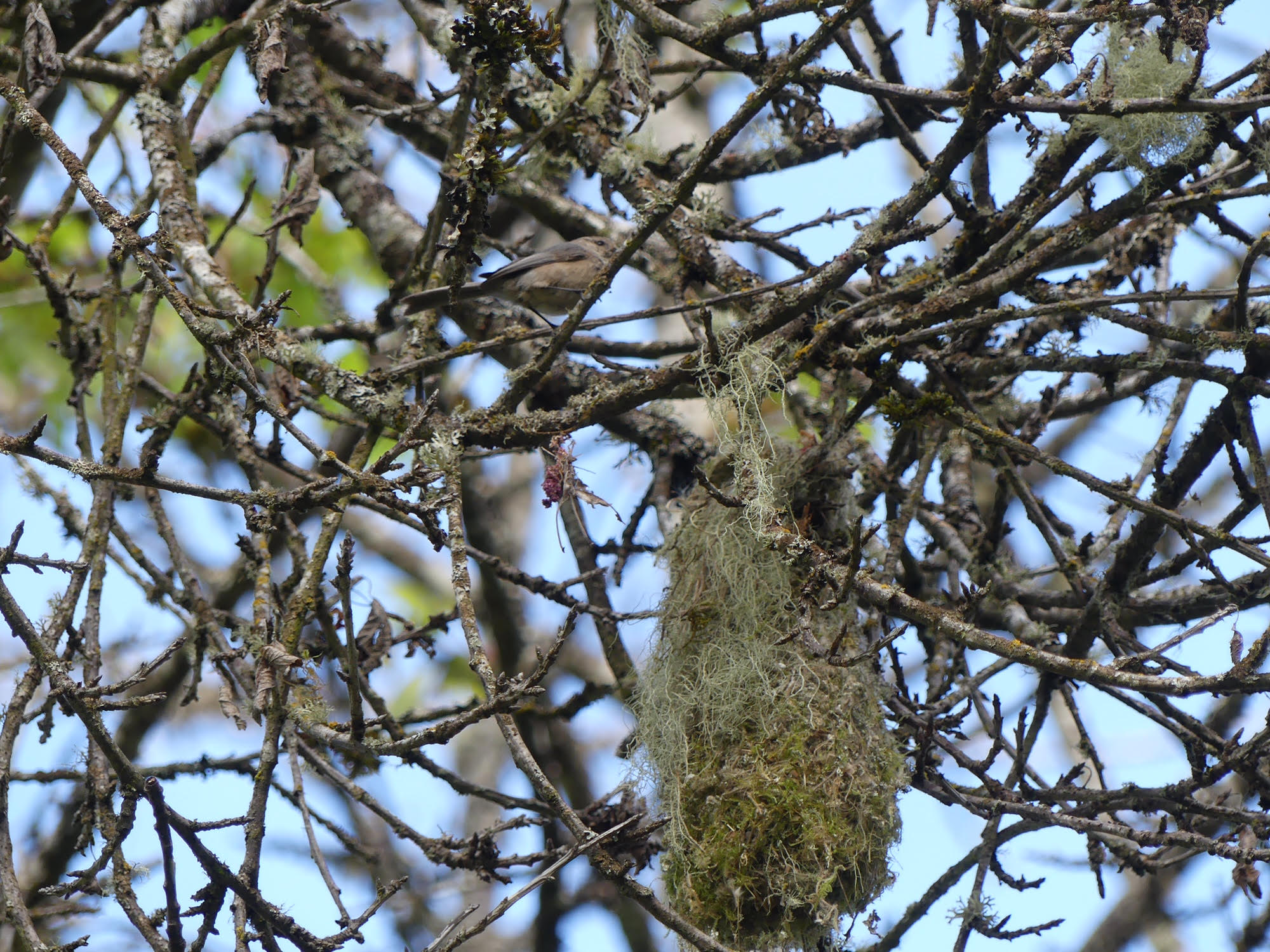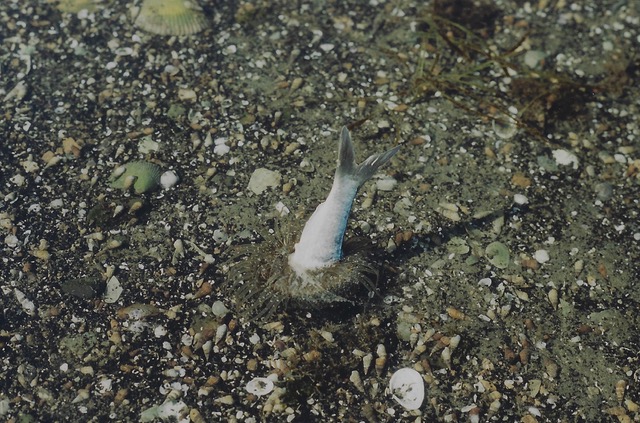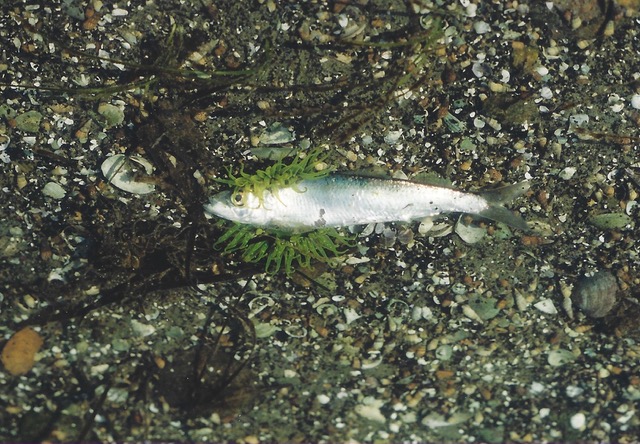Bring Back the Bluebirds Project – 2023 Summary Report
Executive Summary
So many bluebirds! Overall, this summer we had a population of 10 established adults and 38 young. Our translocation program was in full swing this year with a total of 10 adult and 12 nestling bluebirds brought over from Washington. Five bluebirds returned on their own, with two pairs establishing nests. Between nestlings brought over and nestlings hatched here, there were a total of 38 young bluebirds added to the population. Alongside supporting the bluebird pairs, we continued to improve, maintain and monitor the Nest Box trails established to replace lost nesting habitat. Our trail monitors and staff collected 1963 observations and found 127 nests of various native bird species using our boxes. We fostered stewardship of the Garry Oak ecosystems that bluebirds depend on through our outreach events.
Population Summary
Sightings:
• Five Western Bluebirds returned to the Cowichan Valley, one lone male and two pairs.
• Both returned pairs established nesting territories and raised two clutches each, adding 16 young to the population
• A flock of Mountain Bluebirds passed through the Valley in the spring, escorting our returned bluebirds on their way.
Translocations:
• Two pairs plus three families of Western Bluebirds were brought to the Cowichan Valley from a healthy population in Joint Base Lewis-McChord, Washington.
• After release, two pairs of translocated adults successfully established territories and raised 10 young in addition to the 12 young brought with them.
• Supplemental mealworms were provided to the translocated bluebirds on a daily basis, for 7 weeks.
• For the first time in three years there were no border issues caused by Avian Flu or COVID outbreaks! Post Editor’s note: the original report includes a graph here, but it won’t copy into the post.
Nestbox Stewardship and Citizen Science
The Bring Back the Bluebird Project has developed a keen and skilled community of volunteers to monitor nest boxes. Many of these volunteers are members of the Cowichan Valley Naturalists’ Society.
• Volunteers attend a monitoring workshop early in the spring and have regular access to project personnel for advice/support.
• Monitoring nest boxes is a huge component to this project. There are 268 nest boxes located throughout the Cowichan Valley. Over the breeding season of 2023, volunteers and staff collected 1963 data points on the occupancy and status of these nest boxes.
• Much of this dataset contains information on the breeding status of many native passerines, such as the Bewick’s Wren, House Wren, Tree Swallow, Violet-green Swallow, Chestnut-backed Chickadee and (of course) Western Bluebirds. This year the number of native species’ nests continued to rise! (see graph below) This data collection will be submitted to the Project NestWatch database. Post editor Note: the original report includes a graph here, but it won’t copy into the post.
With the current population of Western Bluebirds, even small numbers of predation events can be extremely detrimental to the recovery of this species. Project personnel, nest box hosts and volunteers implement several predator-guarding techniques to deter carnivores and invasive species from accessing our nest boxes.
• 10 boxes had raptor guards added to discourage raptors from attacking nesting birds. 1 box was equipped with a hole plate to protect nest box occupants from House Sparrows and squirrels
• 7 boxes were equipped with a sealed PVC sleeve that prevents mammalian predators (raccoons, cats, squirrels, etc.) from climbing up and accessing the nest box. These efforts are critical in ensuring that our nest boxes provide a safe nesting habitat that will not increase the likelihood of predation.
• House Sparrows continue to pose a significant threat to nesting bluebirds and thus we encourage monitors to remove sparrow nests amidst construction. We are happy to report that the number of House Sparrow nesting attempts has continued to decline for three years in a row! (see graph above)
• When bluebirds are nesting, nest boxes are equipped with a Sparrow-spooker that flutters on the top of the nest box and deters sparrows from accessing the box and harassing the bluebirds.
There is an established network of nest box trails in the Victoria area, including individual trails in the Blenkinsop Valley, Cordova Bay Golf Course, Uplands Golf Course, Sidney Island Air strip, Highland Golf Course and Sandown Centre for Regenerative Agriculture. Over 30 nest boxes were monitored throughout the breeding season by Victoria Natural History Society members.
Outreach and Education
As over 95% of Garry Oak Ecosystems have been lost completely or significantly degraded (Lea, T. 2006), it is imperative that the remaining habitats are appreciated, studied and protected. The Western Bluebird is a very charismatic species that, through their conservation, draws attention to the many rare and often endemic plants, insects and other biota that thrive among Garry Oak Ecosystems.
This year’s outreach was a mixture of online and outdoors. By inspiring the public to become involved in Western Bluebird conservation, we hope to encourage the restoration and preservation of the remaining Garry Oak Habitat the Cowichan Valley is so fortunate to have. To do such, project staff and volunteers hosted (or presented at) 15 events in 2023 that include:
• Migratory Bird Day Event
• Cowichan Valley Naturalist Society Presentation
• Nature walks by Genevieve Singleton,
• Trail monitor gatherings
• Bluebird Banding Events
• Duncan Days Event
• End of Season Volunteer Appreciation event.
Discussions and presentations at these events focussed on avian conservation, natural history and the ecology of the imperilled Garry Oak Ecosystem. Through these events the bluebird project directly interacted with over 500 community members, all of whom met the project with support and interest.
Sharing Information:
Project staff wrote regular blog posts that discussed project updates and interesting information. These updates were distributed through our email list (230 individuals), Facebook (214 followers) and website (684 visitors over the year). Project personnel also published articles outlining recent project happenings that were featured in the Cowichan Valley Naturalist’s Newsletter. We have an Instagram page (cowichan_valley_bluebird) as well as a publicly available Facebook page (Bring Back the Bluebirds).
Project Partners
This project is an international and collaborative effort. The British Columbia Conservation Foundation takes care of the project administration, ensuring project funds are spent responsibly and accountably. Cowichan Valley Naturalists’ Society members make up most of our volunteer team. The Ecostudies Institute in Washington, and in particular ornithologists Gary Slater and Stephanie Stragier, perform the bluebird translocations and provide invaluable advice based on over a decade of avian reintroduction work.
A very special thank-you to our 2023 volunteers and supporters
In 2023 our volunteer community contributed 823 volunteer hours to the success of the Western Bluebird population. Additionally, 68 nest box hosts contributed to Garry Oak meadow stewardship. A huge thank-you to Gary Slater for his dedication and perseverance, to Stephanie Stragier for putting in long days to bring us bluebirds and to Genevieve Singleton for helping so much with advice and outreach. Thank-you to our entomologist, Ted Leischner, for his many hours culturing high-quality mealworms to feed our bluebirds. We greatly appreciate the Cowichan Valley Naturalist Society and our many trail monitors, aviary builders, mealworm feeders and other field-workers: Alison Rimmer, Bruce Coates, Gail and Steve Mitchell, Phil Cheffins, Larry White, Roger, Rhoda Taylor, Danika Taylor, Robert Taylor, Charles Taylor, Ashlea Veldhoen, Bob Veldhoen, Malcolm Taylor, Fiona Taylor, Angela Atkins, Gill Radcliffe, Robyn Radcliffe, Genevieve Singleton, Dave Polster, Deb Cleal, Jim and Lyn Wisnia, Jennifer Goodbrand, Ken Bendle, Stacey, Dave Brummit, Bary and Joy Beck, and Elaine and Bob Stacey. Thank you to our intrepid Bluebird Technician Francesca Wagner who braved all hours and weather to take care of our birds. Thanks to the Victoria Natural History Society and other Victoria volunteers who monitored their nest boxes and are helping us to expand our Victoria Trails including Ann Nightingale, Bryan Gates, John Costello, Jody Wells, Joan Richardson and others. Much gratitude as well to the bird banders that came out to help with baby bluebirds; Jannica Chick, Eric Demers, Heidi Van Vliet and Alicia.
Acknowledgements
We would like to extend sincere thanks to the following funders for their financial contributions that supported this project in 2023: Habitat Conservation Trust Foundation, BC Nature, the
Province of BC, BC Conservation and Biodiversity Awards, BC Ministry of Transportation, and numerous private donors. Many local supporters donate supplies, storage space and in-kind support including: Polster Environmental Consulting, Ecostudies Institute, CopyCat Printing Ltd., Pacific Northwest Raptors, the Cowichan Land Trust, the Nature Conservancy of Canada, and the North American Bluebird Society. Without such support, this project would not have been possible.
BCCF 2023 Summary Report written by Jacquie Taylor
For additional information visit www.cowichanbluebird.ca or contact us at cowichanbluebird@gmail.com.
You can follow us at https://www.facebook.com/CowichanValleyBluebird and you can also donate to the project online at https://www.canadahelps.org/en/dn/58165 To learn about the history of the project, visit: http://www.goert.ca/activities/bluebirds/ and to learn about the work of Ecostudies Institute, visit: https://www.ecoinst.org.
▪ Literature cited: Lea, T. 2006. Historical Garry Oak Ecosystems of Vancouver Island, British Columbia, pre-European Contact to the Present. Davidsonia 17(2):34–5
